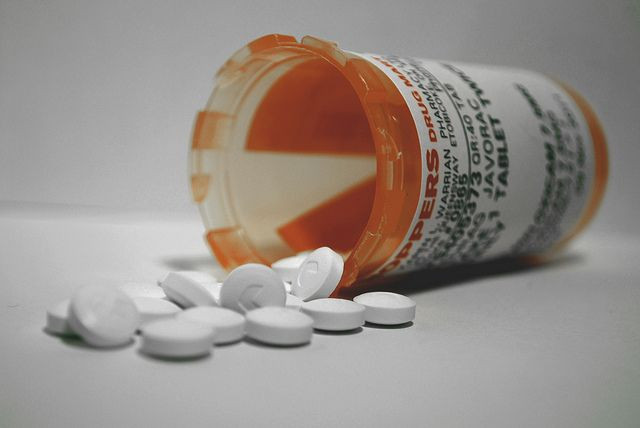Adults' Prescription Drugs Implicated In Rise Of Child Poisonings.

Childhood poisonings in the U.S. are rising as more and more adults turn to prescription medication for their ailments, according to a new study in Pediatrics. The findings add fuel to the debate over the "prescription pandemic" and highlight a need for new safety interventions.
Over 70,000 kids are admitted to emergency rooms for unintentional medication exposure and poisonings, with 12 percent requiring hospitalization. Following a brief decline in the 1990s, these pediatric incidents have resurged in recent years.
This increase parallels the rise in prescription drug use by adults for conditions like diabetes and heart disease. However, this is the first study that compare how adult meds factor into the escalating trends in pediatric poisonings
This study, which was led by researchers from Harvard, San Diego State, and the Rocky Mountain Poison Center, only looked at cases that were connected to 4 classes of medication typically prescribed to people over 18:
- Anti-diabetic (hypoglycemics)
- Cholesterol lowering (hypolipidemics)
- Blood pressure (beta blockers)
- Painkillers (opioid-based; ex. codeine, oxycontin, vicodin)
Other types of painkillers, such as those with acetaminophen, were excluded to avoid the inclusion of cases linked to over-the-counter meds. Antidepressants were also excluded (WC) because they are frequently prescribed to teens as well as adults.
Adult prescriptions issued at outpatient medical providers are tracked each year by the U.S. National Center of Health Statistics. This information was gathered from 2000 to 2009, along with data on pediatric exposures to parental prescriptions from the America Association of Poison Control Centers. This institutes collects reports on phone calls made to all 57 U.S. Poison Centers. Incidents were split into three age groups: 0 to 5 years old, 6-12 years old, and 13-19 years old.
Over the 10-year study period, 40,000 kids accidentally ingested anti-diabetic drugs, and a similar number was recorded for cholesterol meds. Beta blockers were responsible for 50,000 poisonings, while opioids were linked to 60,000.
Approximately 93,000 of the reported ingestions ended with visits to the emergency room. One-third of these resulted in hospitalization, with anti-diabetic meds and painkillers being the culprit in a majority of the cases.
The researchers found that adult prescriptions were linked to rising trends in pediatric poisoning, especially for children under the age of 5 and teenagers from 13 to 19 years old. Infants and preschoolers had relatively higher incidences of exposure for all four drugs classes.
Differents rationales explain why toddlers and teens were the most likely to be poisoned.
"Among younger children, poisonings tend to be related to exploratory behavior and result in unintentional exposures to a medication," wrote the authors, "Among teenagers, ingestions are
more likely to be intentional, including for recreational purposes or with the intention of self-harm."
Drug overdose rates are skyrocketing in the U.S., with numbers that have tripled since 1990. Three out of four of these overdoses are caused by opioids.
"Our findings support the need for further research to delineate the factors surrounding adolescent access to and abuse of these drugs," wrote the researchers,"
Despite 2008 reforms in child safety packaging, the researchers maintain that poisonings and exposures "continue to be a significant and increasing problem, and interventions need to take into account the increases in adult prescriptions available to children."
Source: Burghardt LC, Ayers, JW, Brownstein JS, Bronstein AC, Burns Ewald M, and Bourgeois FT. Adult Prescription Drug Use and Pediatric Medication Exposures and Poisonings. Pediatrics. 2013.



























